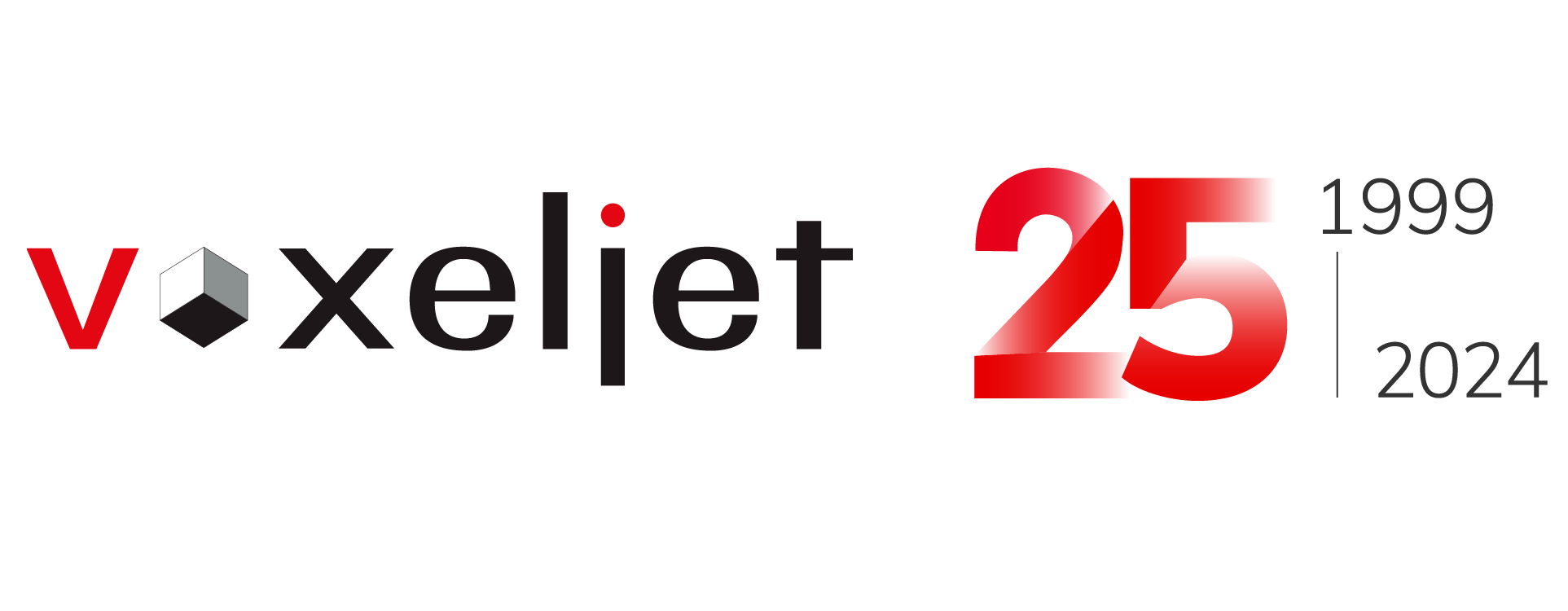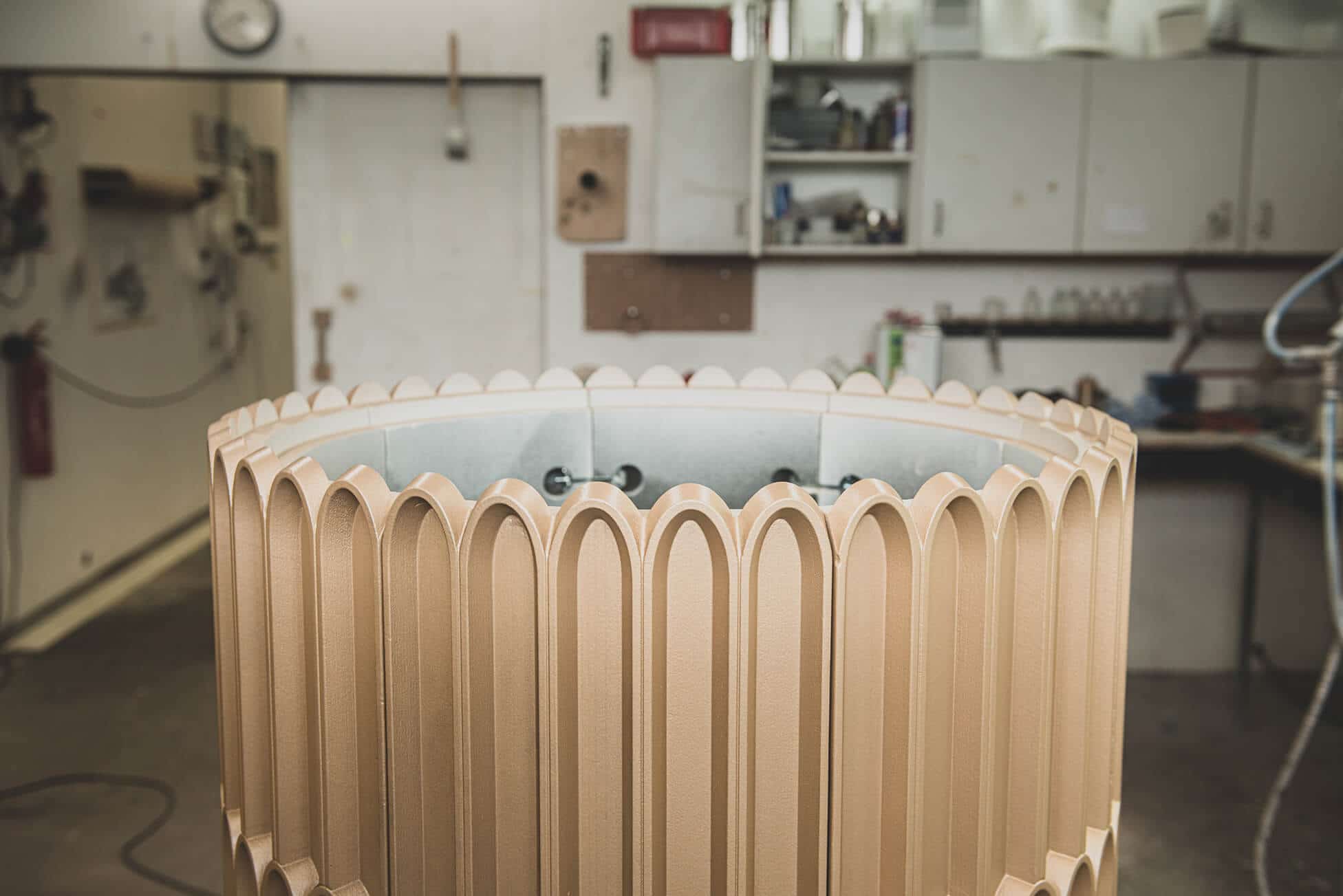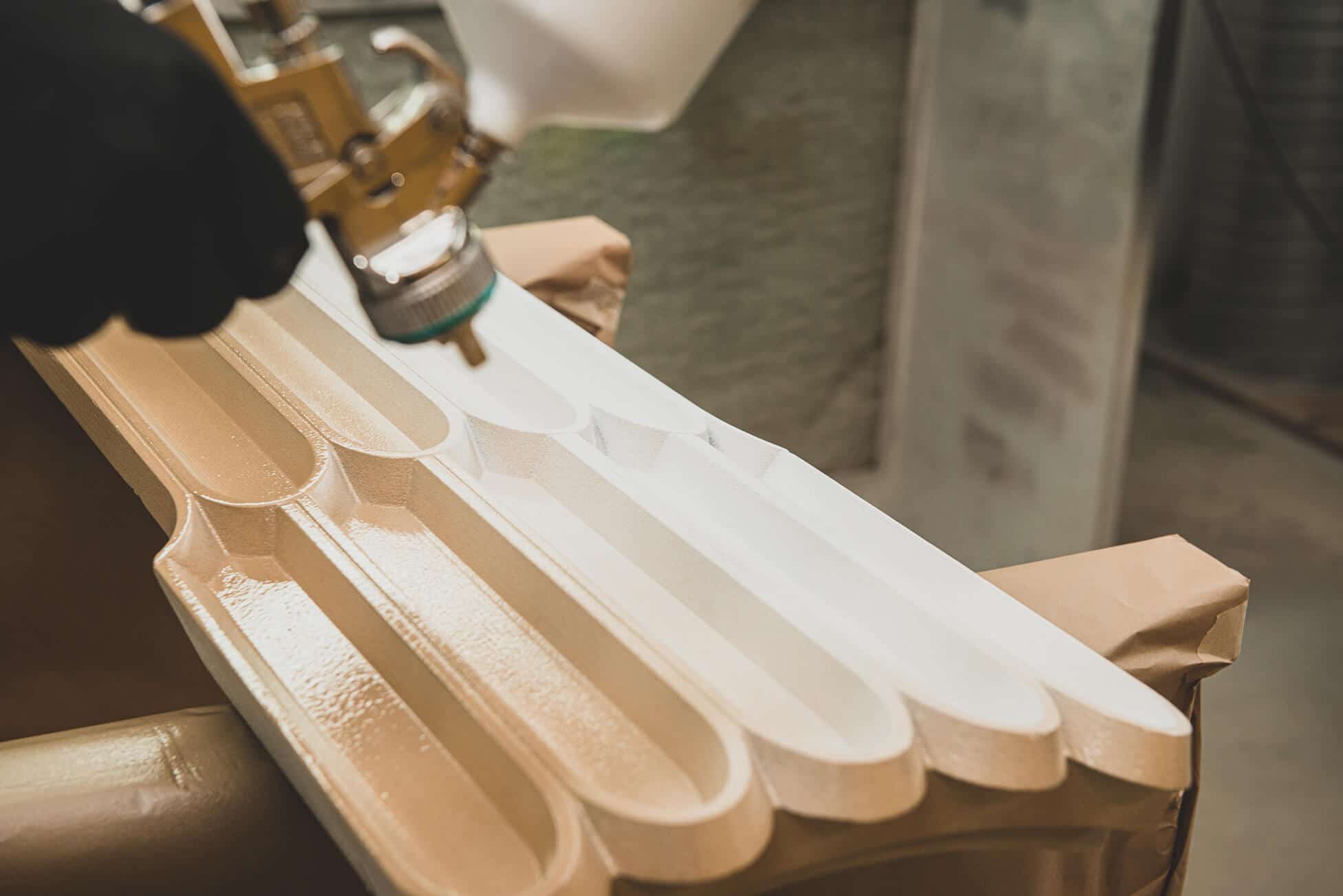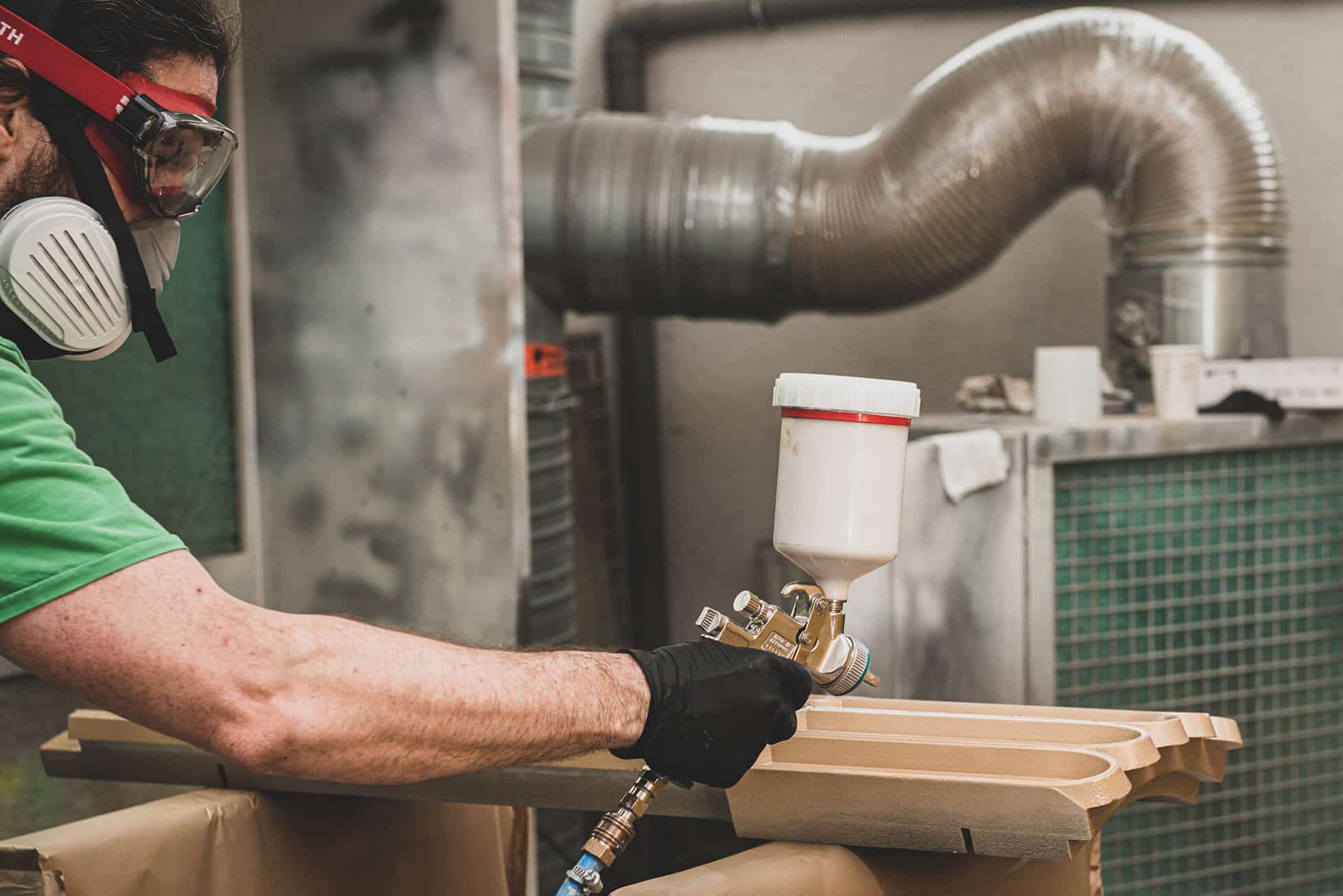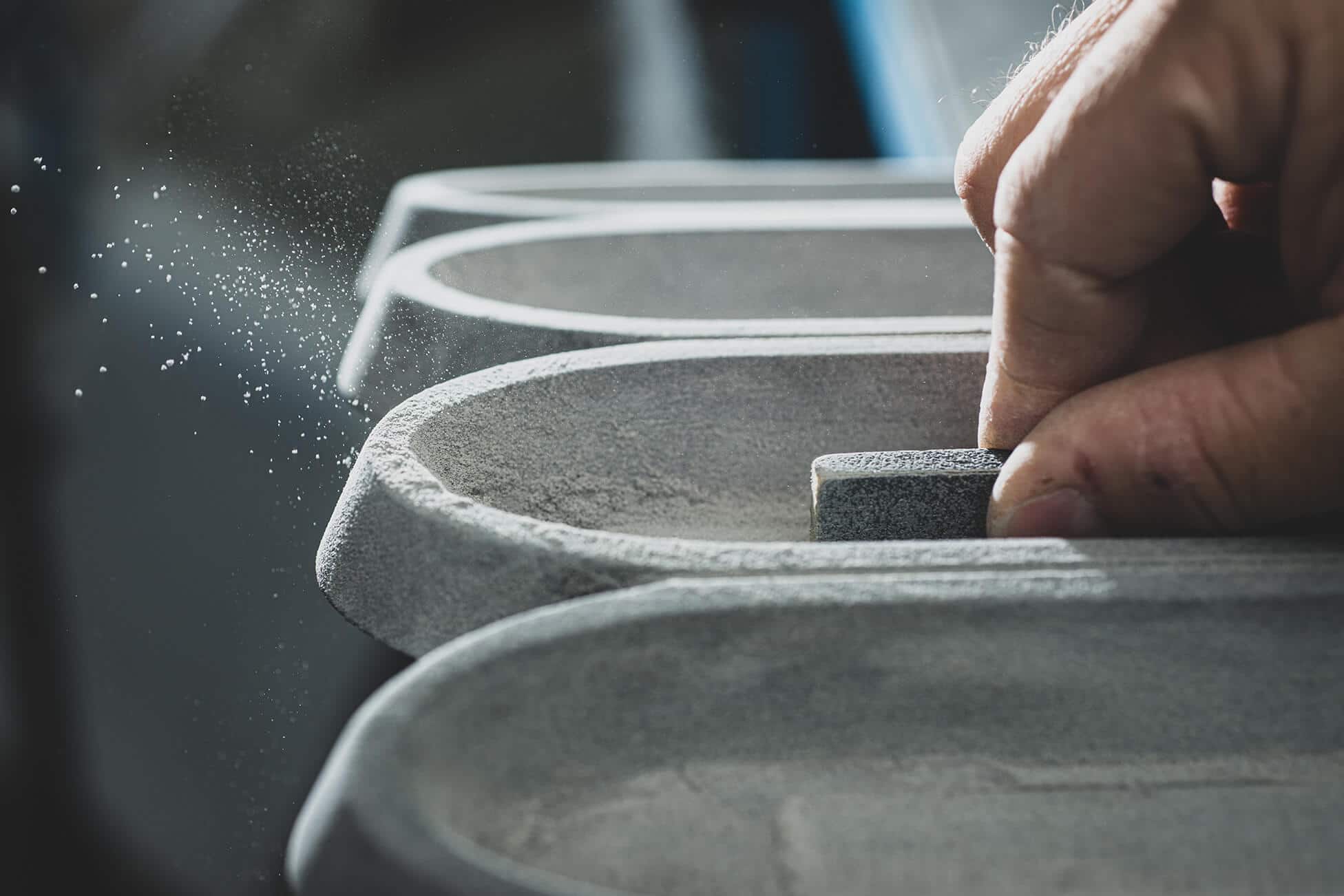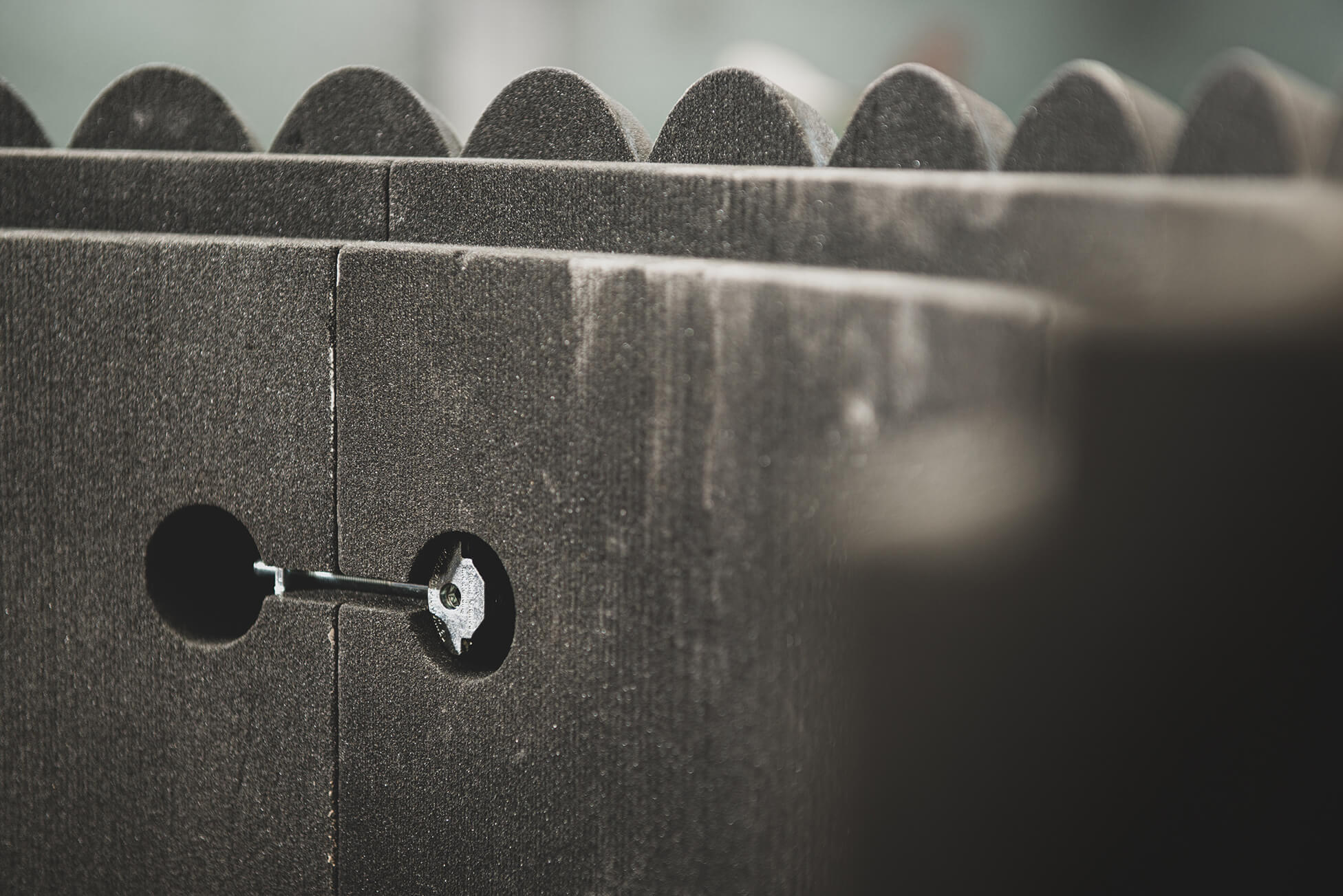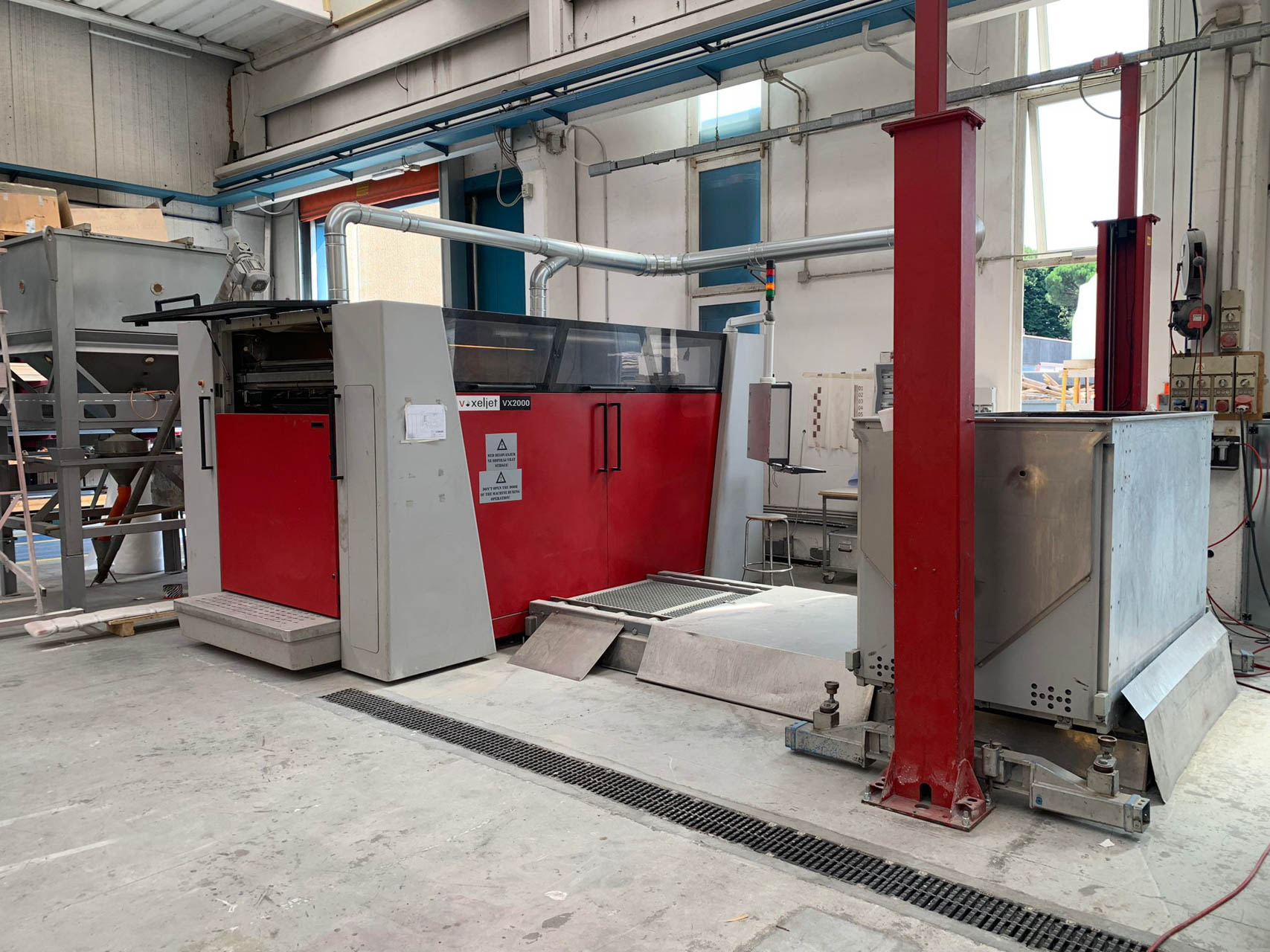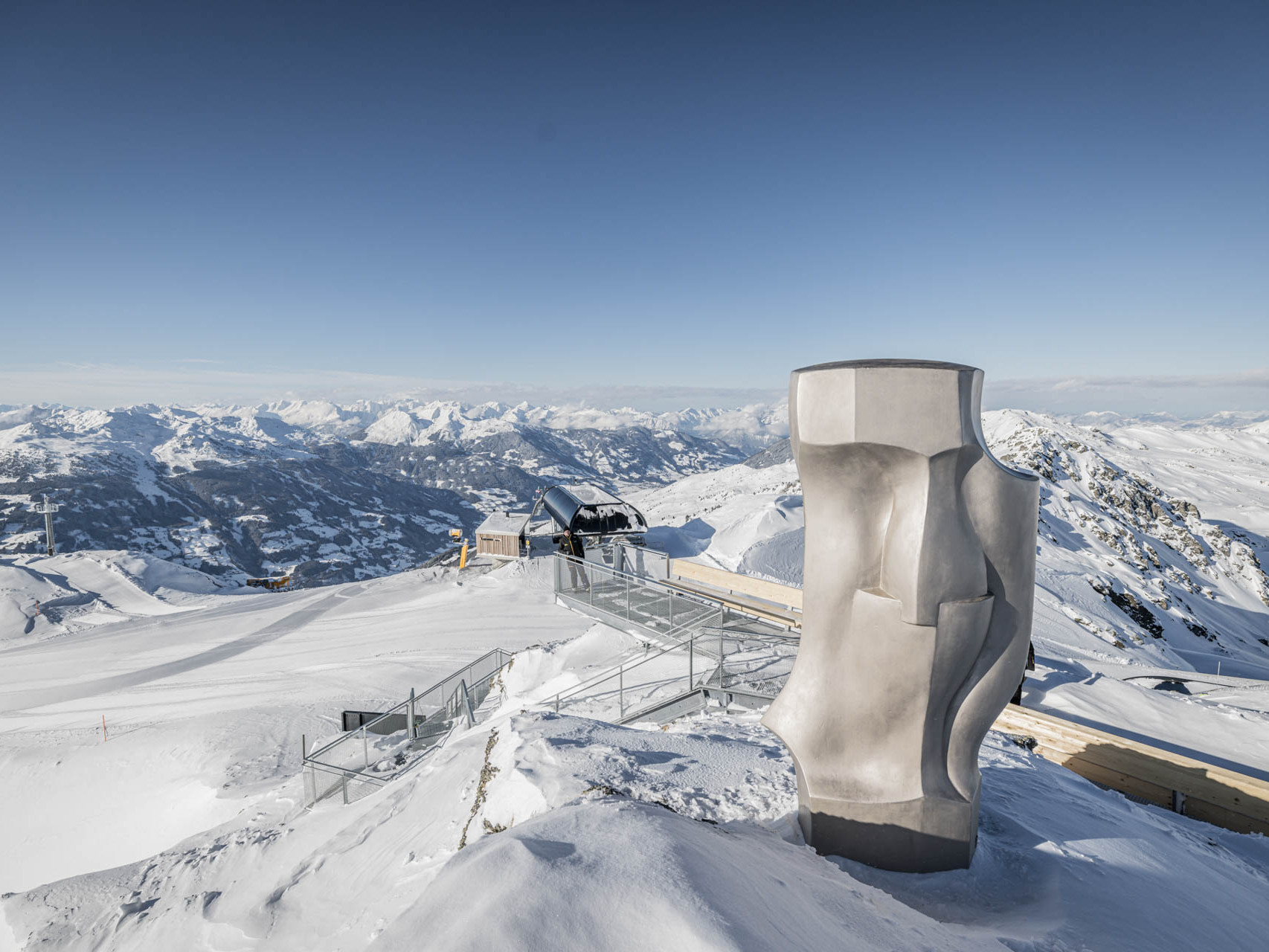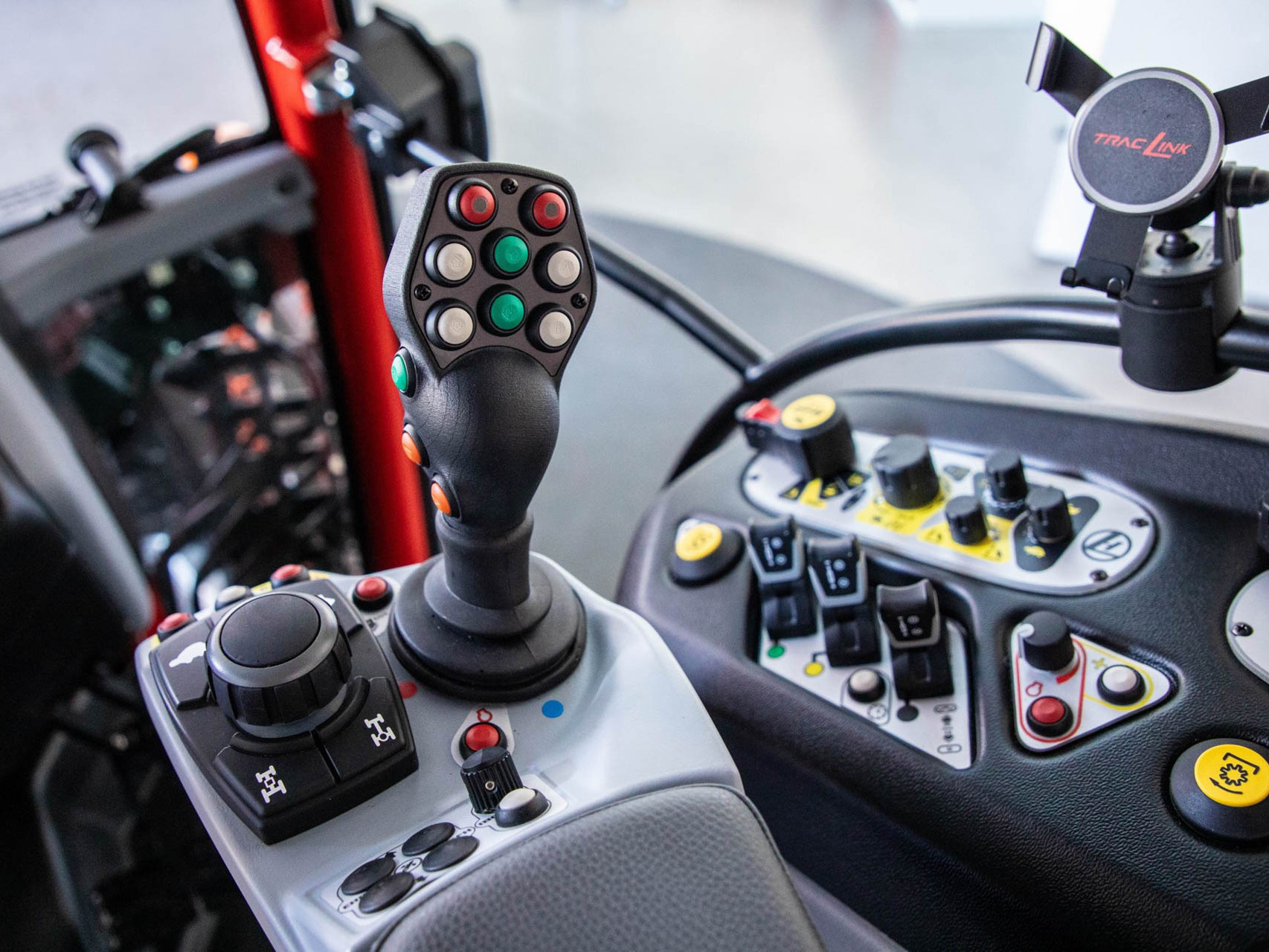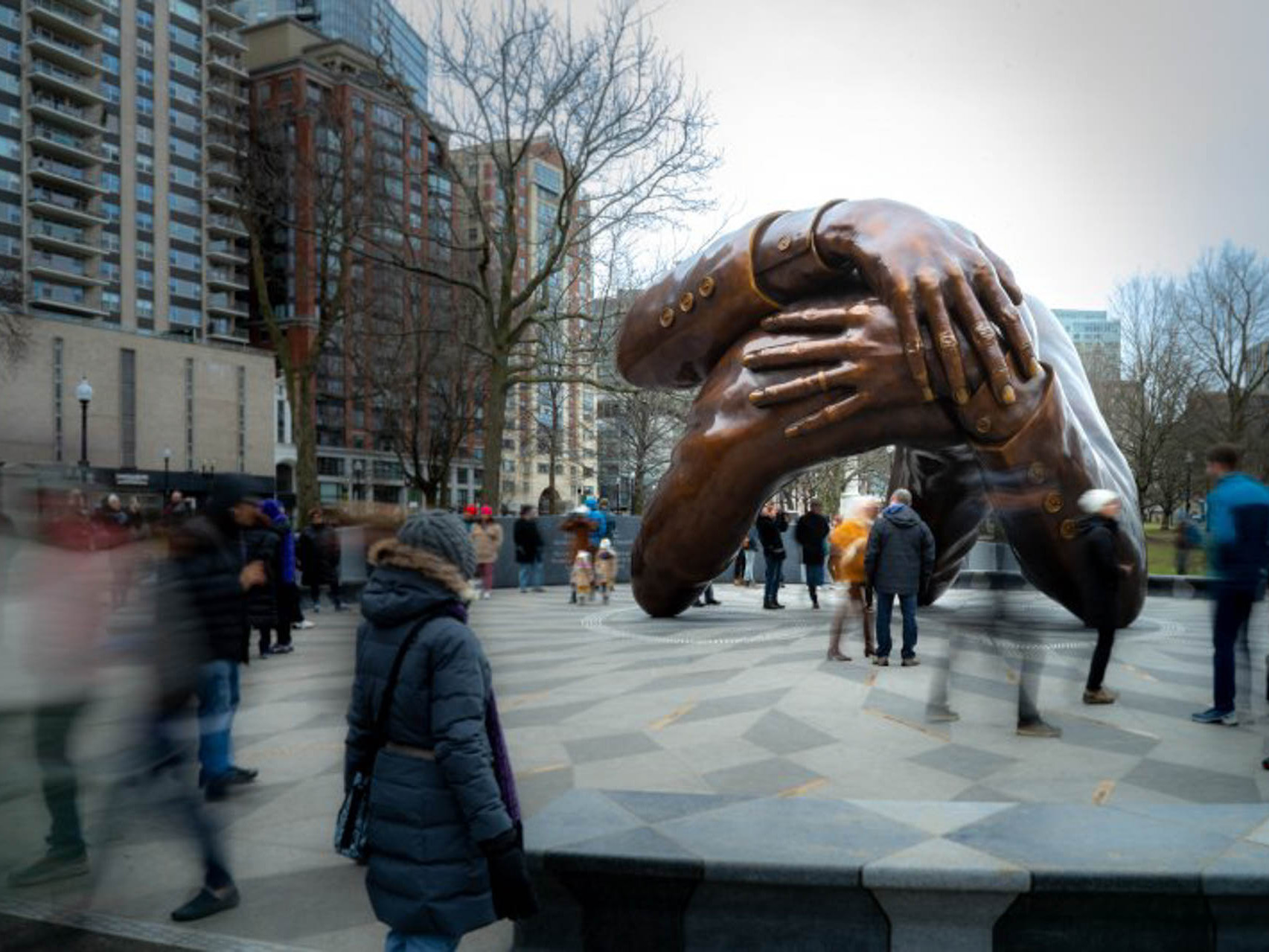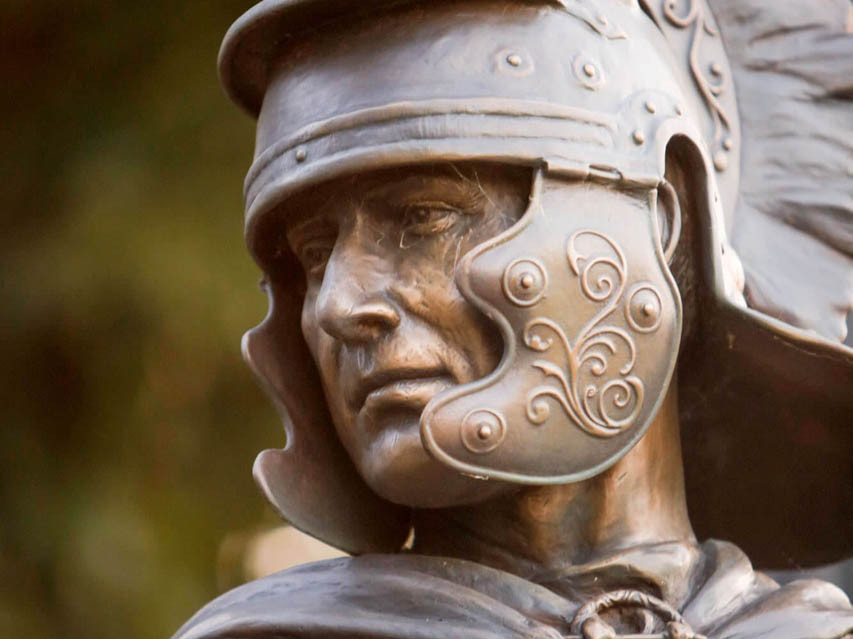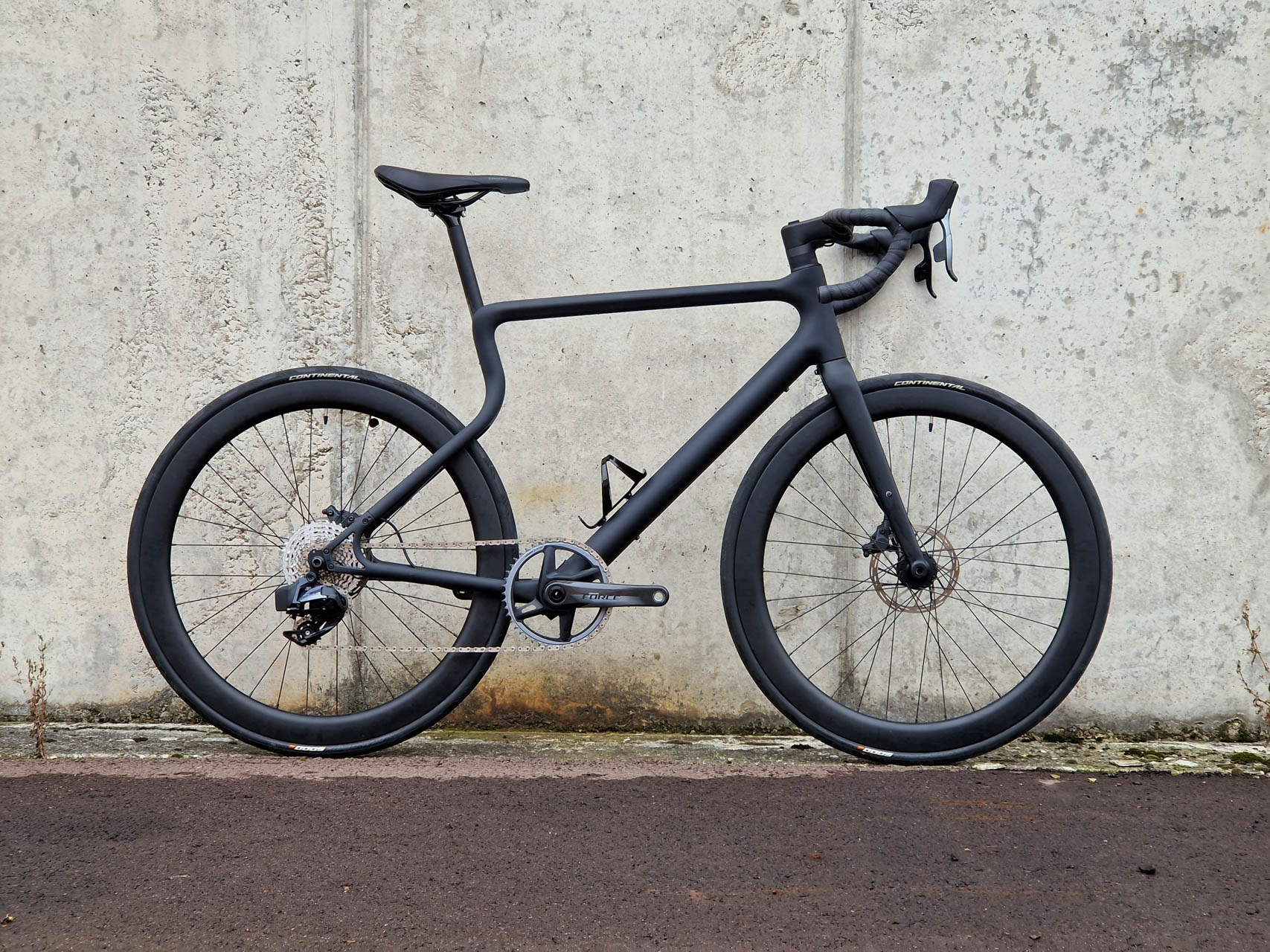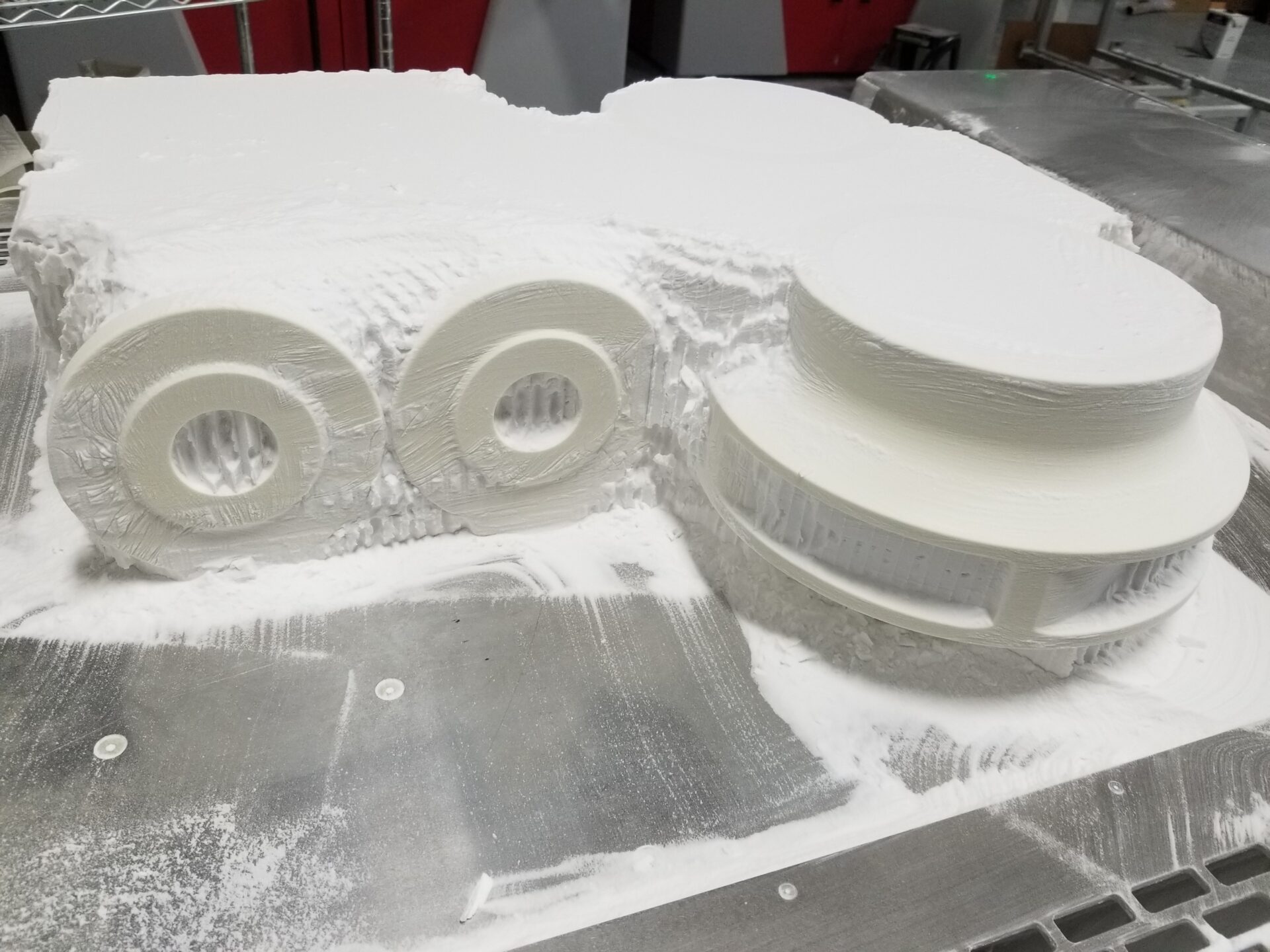- Home
- Case Studies
- Architecture
- Column cladding SL Rasch GmbH
The Pillar's New Clothes - How 3D printing of facade elements innovates modern architecture
Visualizations and models are an indispensable means for architects or construction engineers to illustrate building plans, check functions or convince clients of the envisaged design.
While such architectural models used to be produced in time-consuming and cost-intensive handcraft, today modern CAD software solutions paired with additive manufacturing technologies offer a convenient, fast and cost-efficient alternative to conventional model making. The benefits of detailed visualization are particularly evident in unusual special projects.
SL Rasch GmbH, based near Stuttgart, is specialized in lightweight architecture and special constructions. Around the globe, the general contractor has implemented unique lightweight construction projects and special structures and ensured, for example, that believers in Medina find protection from the sun under the world’s largest convertible roof, cultural events can take place regardless of the weather, or the world’s largest tower clock is safely supported. It doesn’t matter whether it’s a private customer or a public sector client; quality of life, comfort and sustainability in the sense of minimal material and energy consumption are the omnipresent credo of the Swabian company based in Leinfelden-Echterdingen.
For this purpose, the company relies on scientific and iterative processes in every project, in which alternative concepts are repeatedly compared, tested and optimized. And when we talk about iteration, this usually also means the repeated utilization of prototypes and models.
Visualizations fundamentally play a major role in our company and our projects. From the beginning, we want to give our clients a realistic idea of our designs and, for this purpose, we often create classic, true-to-scale models in addition to 3D visualizations.
Björn Scharf, designer and head of the model-makingSL Rasch
This was also the case for a column cladding. In order to create a model that resembles the later original as closely as possible, SL Rasch turned to voxeljet’s binder jetting technology. More precisely, 3D sand printing.
Additive instead of subtractive. Why?
The sand models represented a purely experimental sample of the project in order to verify execution details and buildability, as well as to provide the client with a detailed illustration. The tool of choice, 3D printing, scored particularly well in the categories of delivery time, cost and geometric freedom.
“We chose sand printing because the surface finish is most similar to the later aluminum sand casting. In addition, additive manufacturing offered the best price/performance ratio for the required size of the mock-up elements,” explains Scharf. “Unlike other manufacturing processes, additive manufacturing also grants us the freedom to neglect undercuts or sharp-edged inner corners in model layout.”
The layer based printing process makes it possible. All the 3D printer requires, are the consumables, silica sand and furan resin, and of course a digital CAD model that has to be built. This CAD model is digitally sliced into thousands of layers by the systems software (known as “slicing”) and then printed layer by layer in a fully automated workflow. In the process, the 3D printer applies a particle material, such as sand or plastics, in 150 – 300 micrometer fine layers on a build platform using what is known as a recoater. A high-performance print head then moves over the build platform and applies a binder to the powder bed wherever the desired component is to be created later. This selectively bonds the material together. The build platform is then lowered by one layer thickness and powder and binder are again applied. This process is repeated until the desired part is completed. The parts are then manually unpacked and cleared of unprinted material.
Alternatives were (not) an option
For SL Rasch, the alternative for 3D printing would have been milling the model using a 5-axis CNC milling machine. But in some cases, the price difference between the additive and subtractive manufacturing methods is enormous. For this project, production using a milling machine would have cost around 10 times more.
And SL Rasch GmbH was also able to save quite a bit in terms of delivery time by choosing 3D printing. With a comparative offer from a milling company, delivery of the components was 40 working days. However, the 3D-printed models could be delivered in as little as 10 days. An advantage that can help well in architectural projects to coordinate designs and plans as early as possible, validate relevant properties and consequently not risk delays in the construction plan and progress.
To get as close as possible to the final look of columns, the 3D printed sand parts were reworked in SL Rasch’s in-house model workshop to imitate the look of the later cast aluminum. Multiple sanding, infiltrating, sealing, painting and fogging provided the final appearance, that was very convincing. The design was approved and the actual molds were commissioned for sand casting.
Also relevant in the future?
Additive manufacturing is increasingly gaining a foothold in the construction and architectural industry. Whether it’s entire printed houses, formwork elements for concrete casting or in model making. As build envelopes and material portfolios grow, so do the potential applications within the construction industry. “The only current issue, I see, is still the longevity of certain materials, especially when components have to be stored on site for a certain time before they are used. But that will certainly change in the next few years as well.” Scharf sums up. Until then, however, SL Rasch will continue to rely on 3D printing in the future “It is an enormous help to physically see parts of the planned construction process as a true-to-scale image in front of you and to critically scrutinize the design in this way.” And who knows, instead of printing pillars, 3D printing may itself become one for the modern construction industry.
More Case Studies
Lanulfi Models optimizes mold making with VX2000
The integration of voxeljet’s VX2000 has redefined Lanulfis approach to metal casting. It offers significant reductions in lead times and enhances design capabilities.
3D-printed sculptures at 2500 metres
At 2,500 metres in the Tyrolean Alps, these 3D-printed sculptures enjoy a special view. They are the fulfilment of a long-held dream of Tyrolean artist Magnus Pöhacker.
3d printed joysticks for tractors and machines
For Lindner Traktorenwerke, 3D printing is already an alternative to injection molding. For example, for customized joysticks and control elements for their tractors.
3D printing patterns for large-scale sculpting
The Embrace is a public artwork in Boston to honor and remember the life of Martin Luther King and his wife Coretta Scott King. The sculpture was created with 3D PMMA printing and investment casting
58 sculptures cast in bronze visualize the Way of the Cross of Jesus in Nebraska, USA. The unique works of art were created by famous artists using a combination of 3D printing, investment casting and bronze casting.
URWAHN – 3D printing in bike manufacturing
To produce its e-bikes, URWAHN has focused on reshoring and lean management and is achieving these goals through additive manufacturing. Learn what role the voxeljet technology plays.
PMMA 3D printing conquers North America
Express Prototyping belongs to the leading experts for 3D printing investement casting patterns in North America. Learn from the CEO Thomas Müller how he established the business and how he sees the future.
Industrial 3D Printing Systems
Our portfolio of industrial 3D printers ranges from compact systems for research to additive mass production.
